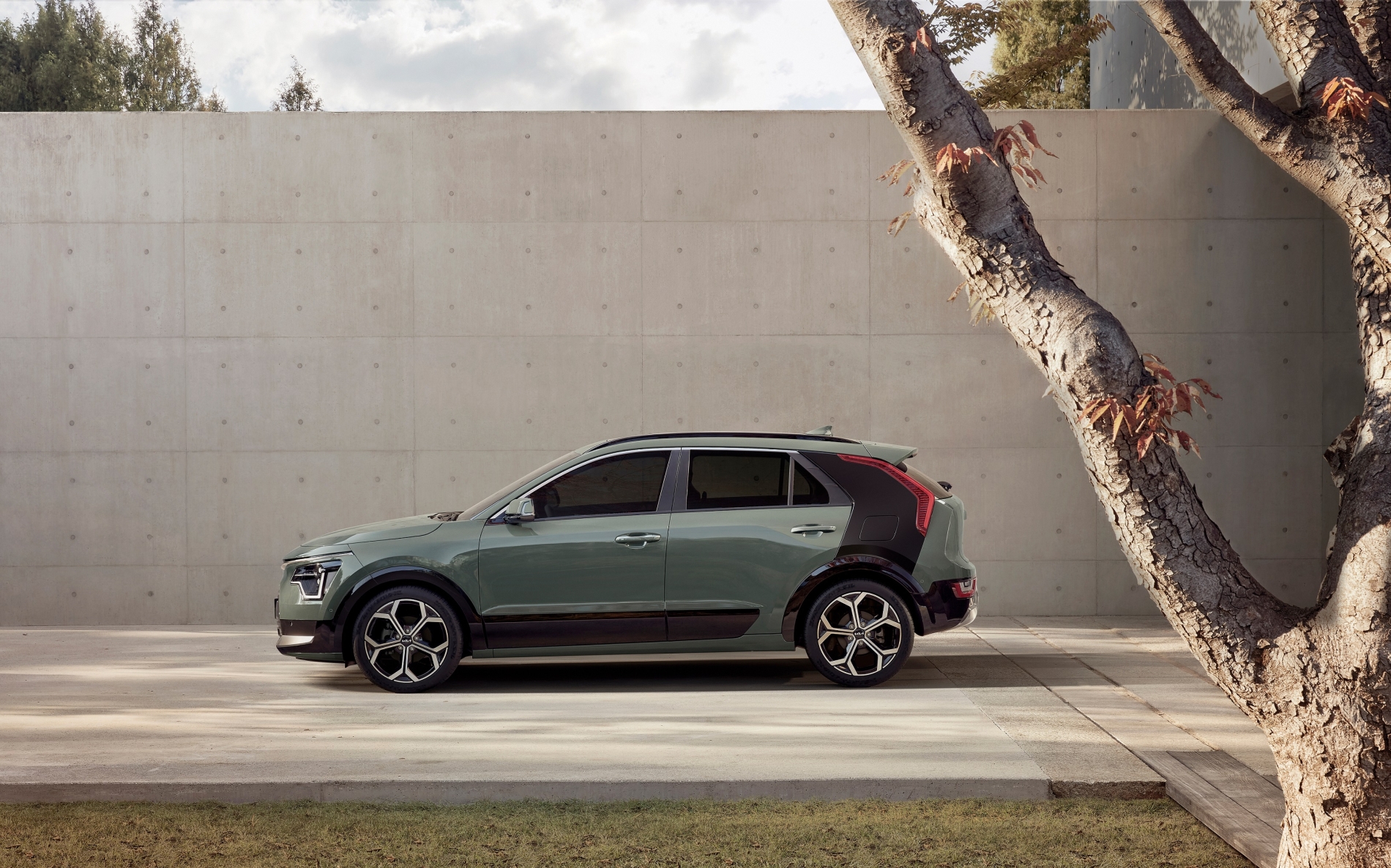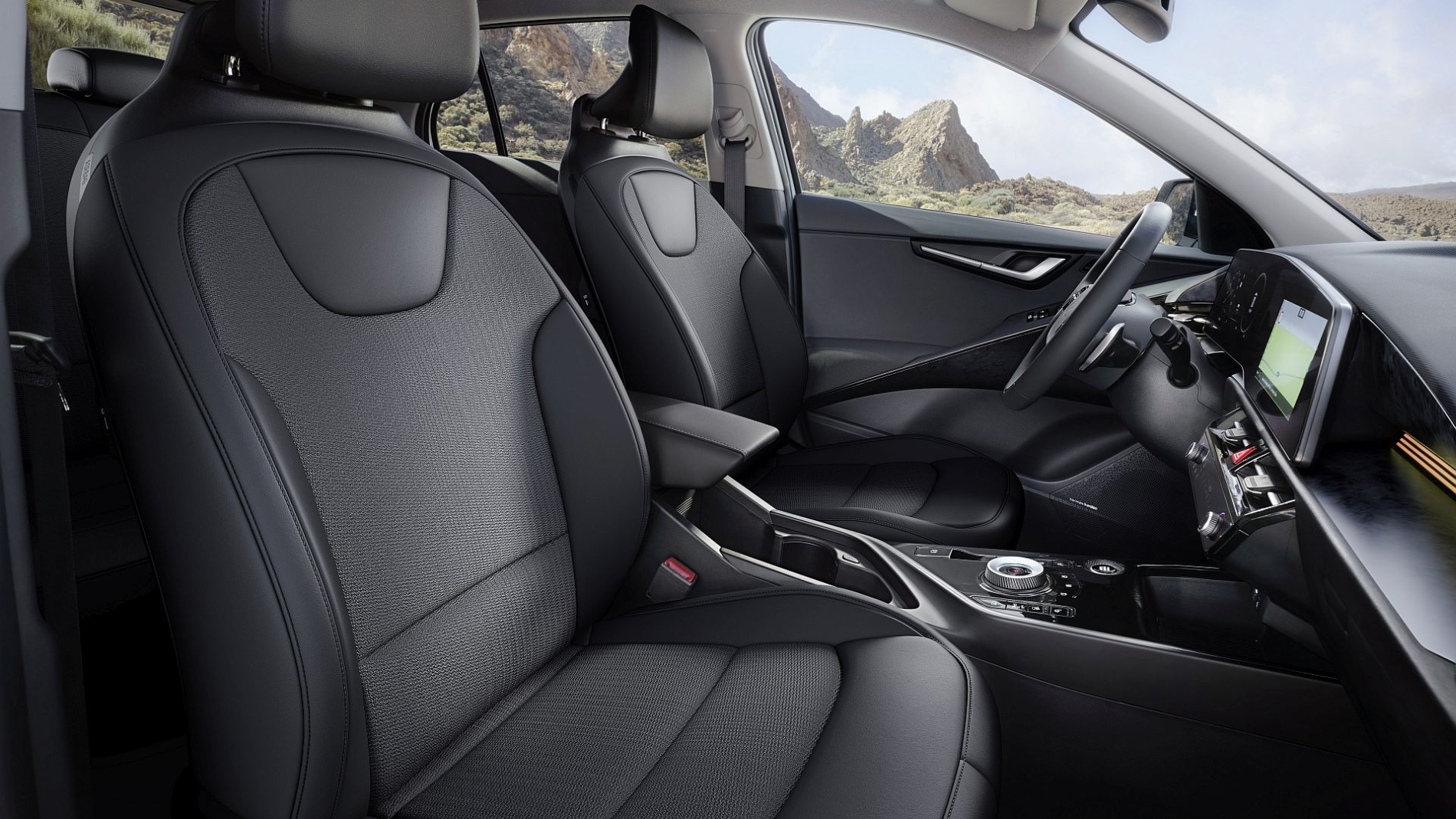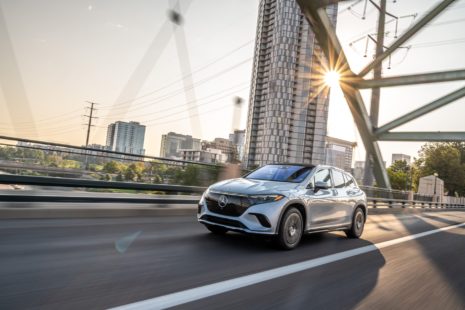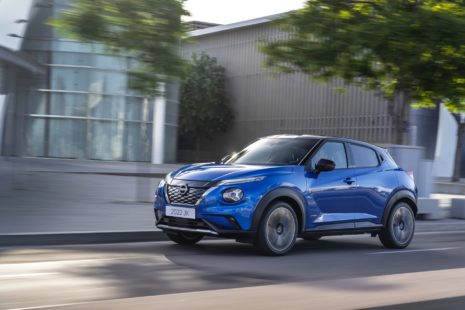Test drive - Kia e-Niro
The Kia Niro will be offered in the Baltics in both hybrid and all-electric versions. The latter is called the e-Niro, and that’s what this story is about.
Strangely enough, the test drive of the e-Niro started at an airport where the car was on display. While waiting for my flight, I had a look at the car and it turned out to be much bigger on the inside than it looks from the outside. My architect uncle says of his work that a proper house should look like a woman’s shoe – tiny on the outside but bulky on the inside. There is no such requirement in the car industry, but I was interested in the model.
Although the e-Niro is relatively agile by nature, accelerating to 60 km/h in 7.8 seconds, it favours comfort over sportiness. The relatively soft suspension effectively isolates riders from road irregularities, even at higher speeds, which, as a slight downside, allows the car’s body to lean gently when cornering.
The e-Niro could well be a family car for those who have decided to make the switch to an electric car – spacious, quiet and comfortable.
| Length | 4420 mm | Total weight | 2200 kg | |
| Width | 1825 mm | Unladen mass | 1682 kg | |
| Height | 1621 mm | Mass of trailer with brakes | 750 kg | |
| Wheelbase | 2720 mm | Mass of trailer without brakes | 300 kg | |
| Luggage compartment capacity | 475 – 1392 litres | Driving range on the road | 460 km | |
| Urban range | 604 km | |||
| Engines | 1 | |||
| Engine power | 182 kW | Gearbox | Automatic | |
| Fuel | Electricity | Number of gears | 1 | |
| Fuel consumption | 12.3-16.2 kWh/100 km | Drive | Front-wheel drive |
All versions of the e-Niro will be powered by a 182 hp electric motor that drives only the front wheels and is powered by a 64.8 kWh battery pack. The range between recharges is up to 604 kilometres in urban driving and 460 kilometres on the highway. In winter, this can be safely halved, although it has to be admitted that nowadays an electric car is still good enough for a short trip. If you want, you can change the level of automatic recuperation when you release the accelerator, which allows you to convert kinetic energy back into electricity more efficiently. Steering feels lighter, with little feedback. Good handling makes corners relatively smooth, although the car is not entirely unambiguously designed for aggressive driving. Overall, it offers a smooth ride, while road noise intrusion into the cabin is minimal.
With its elegant and modern design, the e-Niro differs significantly from the first generation model. The new Niro’s design is in keeping with the current company’s philosophy of “Opposites United”, Kia’s concept of the contrast between nature and man. For the more serious car enthusiast, the model will have some familiarity with the HabaNiro concept car unveiled at the 2019 New York Auto Show, where all the overly outlandish bodywork was nailed by the necessary safety tests. However, a very cool detail is the Audi R8-style contrasting line designed behind the rear side skirts, which adds a sporty touch to the overall character.
e-Niro’s interior design has a smart and modern aesthetic. The materials used are heavy on hard plastics, but combined with others, the result is a polite and pleasant atmosphere. The driving positions in the front seats are comfortable, with ample adjustment for both them and the steering wheel. There is also a surprising amount of space on the rear sofa, although probably not enough for taller people. As there is no bump in the floor, no one has to fight for legroom. The rear seats aren’t very adjustable, and the backrests can be moved just enough to create the extra space when folded down 60/40.
Forward and diagonal visibility are good, but the rear pillar creates a large blind area due to the lack of glass on the side behind the rear window. However, a reversing camera and parking sensors help the driver.
Adjusting the cabin temperature is easy thanks to the physical buttons on the dashboard, and the air conditioning’s battery consumption can be minimised by using only the driver’s heater when no one else is in the car.
With a 10.25-inch touchscreen, the rather user-friendly entertainment media is compatible with both Android Auto and Apple CarPlay, and the higher TX trim level comes with a Harman/Kardon audio system. Steering-wheel assistance is available on all e-Niro versions.
There’s plenty of storage space in the saloon, and the boot is also a good size, with a capacity of between 475 and 1392 litres, depending on the position of the rear seat backrests.
In the Baltics, the e-Niro is available in two trim levels: EX and TX, with a price difference of exactly €5,000. Prices for the EX start at around €49 000. The difference between EX and TX is the adjustment of the front seats and some comfort equipment positions. Only mats, rims, colours and trims can be added, but the technology is already standard.
No less important is Kia’s 7-year or 150,000-kilometre warranty, with a service interval of either 30,000 kilometres or two years.





























